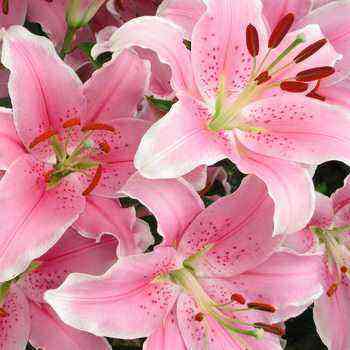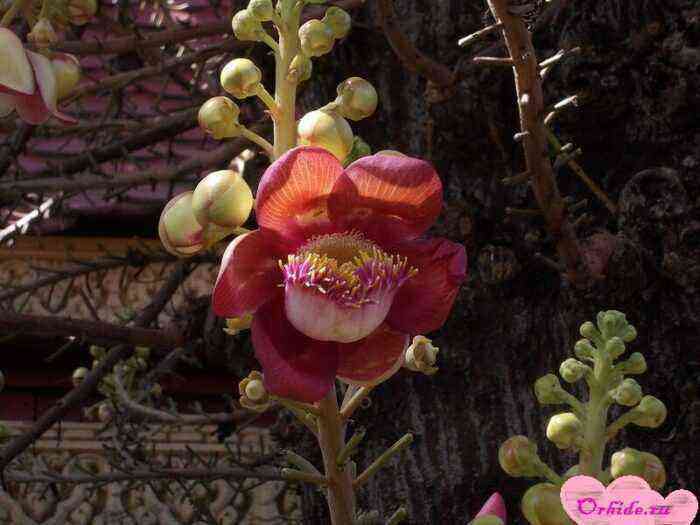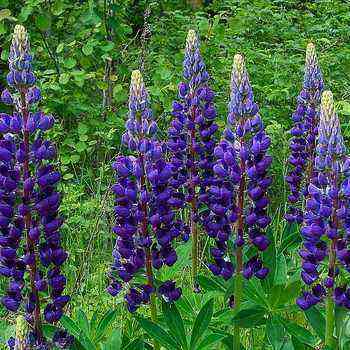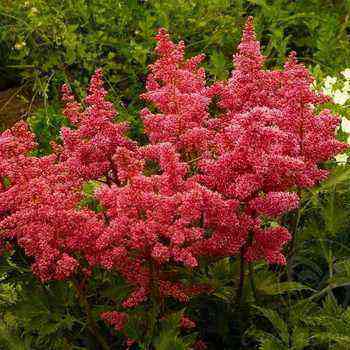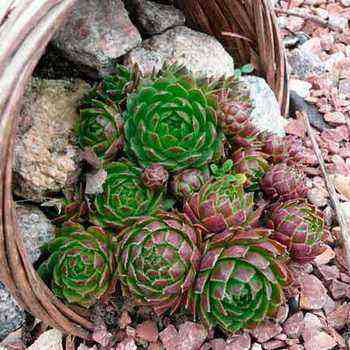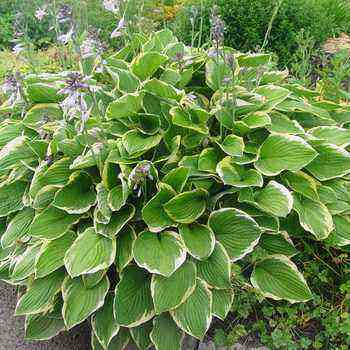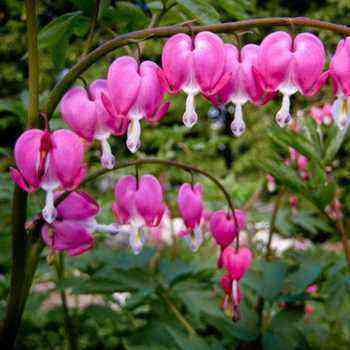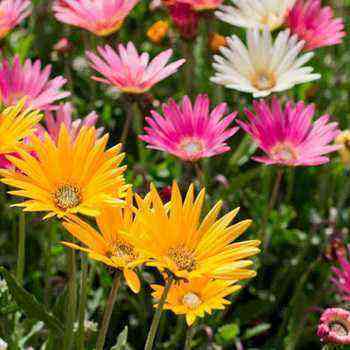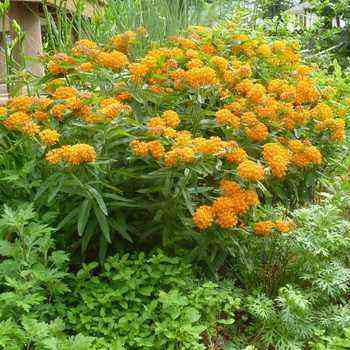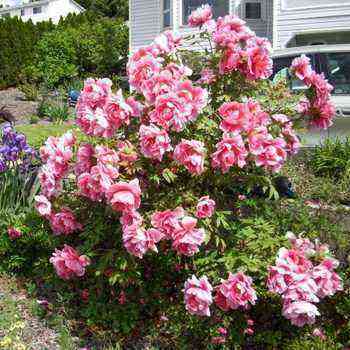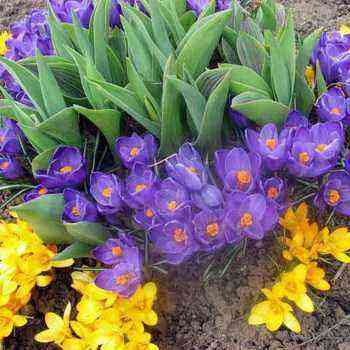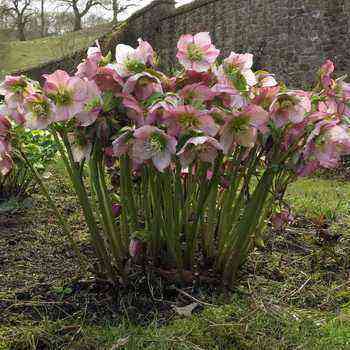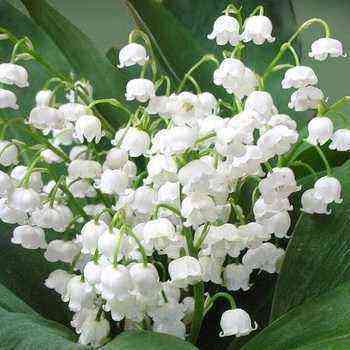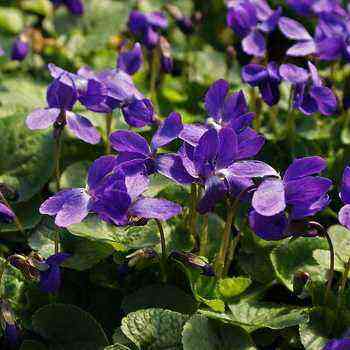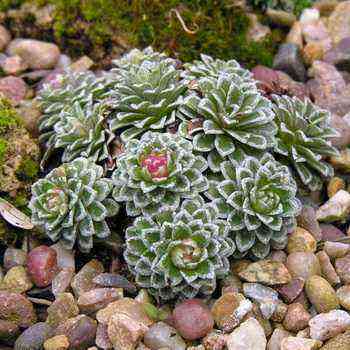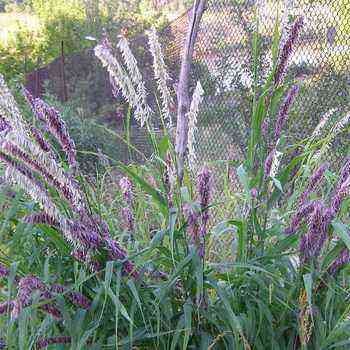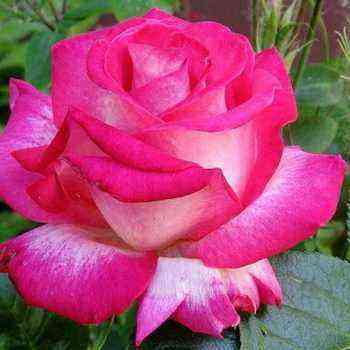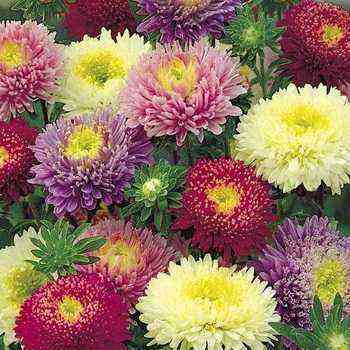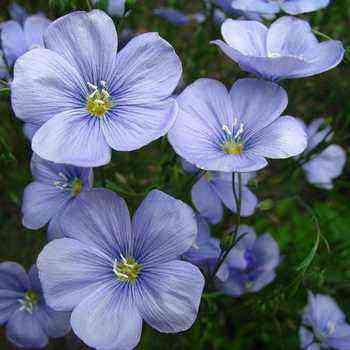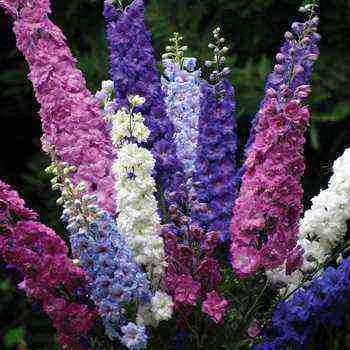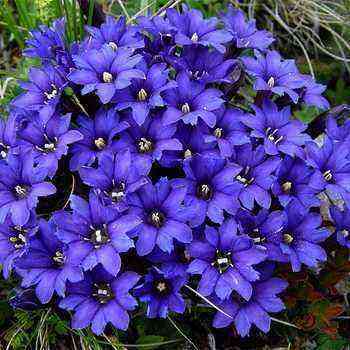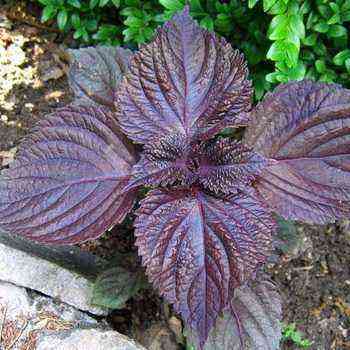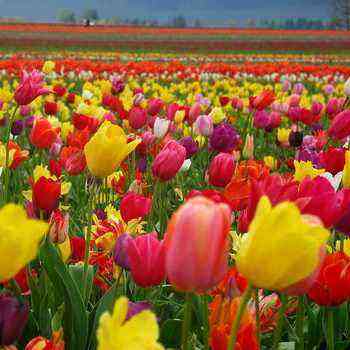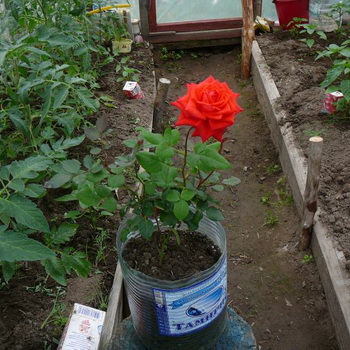 Agrotechnics of roses is not as difficult as it might seem to a novice florist. Basically, the agricultural technology of growing a rose comes down to the correct choice of varieties that are resistant to unfavorable growing conditions. If you follow certain rules, then growing roses can become an exciting hobby. This page contains comprehensive materials for the care and cultivation of roses.
Agrotechnics of roses is not as difficult as it might seem to a novice florist. Basically, the agricultural technology of growing a rose comes down to the correct choice of varieties that are resistant to unfavorable growing conditions. If you follow certain rules, then growing roses can become an exciting hobby. This page contains comprehensive materials for the care and cultivation of roses.
Roses should be planted in an open, sunny place that provides free air exchange and protected from the winds. As they said in ancient times, “the rose is destined for places where its beauty cannot be hidden.”
The seedlings should be purchased from reputable producers. Avoid buying roses from unfamiliar nurseries. Saplings should be grafted onto dog rose hips, or p. canine (R. canina); or loose rosehip, or p. steppe (R. laxa). If the grafting is carried out at the top of a single shoot, then a standard rose shape is obtained, which looks like a beautiful flowering tree. All the characteristics of the variety are preserved.
Borders of roses planted along the path look beautiful for this, multi-flowered and individual varieties of ground cover roses are suitable. The varieties are chosen depending on the height of the curb. If you want a short curb, patio roses or miniature roses will do.
A noble rose requires a strict and laconic environment that emphasizes the beauty of the queen.
In addition to the green background of the lawn, it is often framed in a sheared boxwood frame. In our climate, boxwood is replaced with shiny cotoneaster or decorative varieties of barberry. In the latter case, the border can be golden or purple.
The selection of plants according to the color scale is determined by the coloristic solution of the flower garden. It can be based both on contrasting combinations and on creating a tone-on-tone composition.
Planting and caring for roses in the garden: photo and video
Caring for roses differs little from caring for other crops. In order to grow roses, planting and care must be carried out according to certain rules. Watering is carried out in the evening or early morning, abundantly shedding soil and trying not to get on the leaves. After watering, they carefully loosen, it is useful to mulch the plantings, which reduces the evaporation of moisture and prevents the growth of weeds.
Grafted roses may have rootstock shoots that must be removed immediately. This shoot is easy to distinguish, since its leaves and thorns are not the same as those of the grafted variety. The shoot must be broken off or cut off at the base extending from the root. Cut off “blind” shoots that do not end in buds. Also cut out underdeveloped and directed inward the bush. Caring for roses in the garden must be carried out constantly, regardless of the season.
During flowering, faded flowers or inflorescences are removed, cutting them off above the first normally developed leaf, directed outward of the bush. If you do not remove faded flowers, then you will not be able to achieve continuous flowering. In once-blooming roses, which form beautiful fruits, the flowers are not removed, but wilted petals are collected so that in the fall the bush looks decorative.
The following is a video of planting roses, with which you can learn all the basic principles of this procedure:
Roses are very demanding on soil fertility, so it is necessary to carry out regular fertilizing throughout the season. An exception is the first year after planting, since all the necessary nutrients are introduced into the planting pit.
The following is a photo of planting roses, which shows the rules for this procedure:

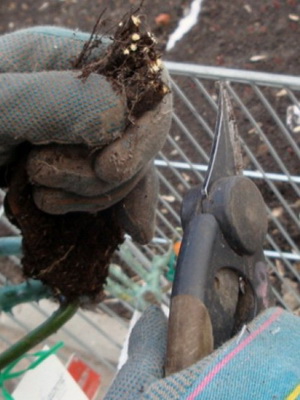
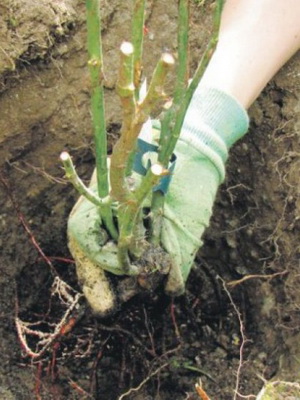
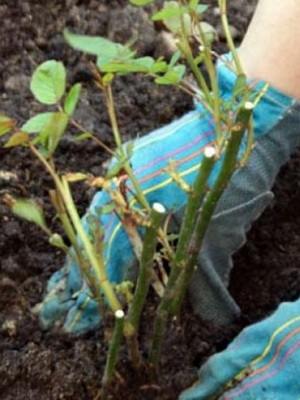
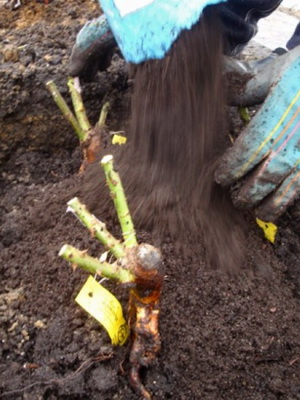
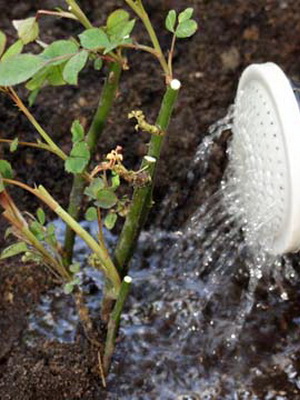
Fertilizing garden roses: how to fertilize, which fertilizer to choose?
Top dressing of garden roses is carried out regularly throughout all vegetative periods. It is useful to alternate fertilizing with mineral and organic fertilizers, but you can use only one type. Do not forget that roses are very fond of manure and will be grateful if you take into account their “taste”. Complex fertilizers with microelements are used no more than twice a season. How to fertilize roses – every gardener decides independently. What fertilizer for roses to choose – here it is worth following one principle. The composition should be dominated by potassium and phosphorus.
The following fertilization scheme is convenient. After removing the shelter, a complex fertilizer is applied in solid form and the plantings are mulched with rotted manure (part of the manure is embedded in the soil, and part is applied as mulch). In the budding phase, roses are fertilized with solutions of albumin (bovine blood; 1 tbsp. Spoon for 10 liters of water), organic mineral or humic fertilizers (according to the instructions).
Care for roses after flowering
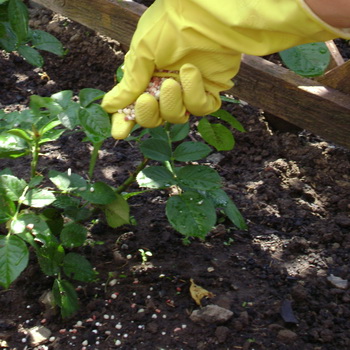
After flowering, caring for roses with any version of spring feeding includes fertilization with infusions of manure, bird droppings, fermented nettle, horsetail with superphosphate. Long-term fertilizers are not applied, as they are designed for a longer growing season of roses. In early to mid-August, autumn fertilizer with microelements is applied, in late August – early September, for better ripening of shoots and preparation for winter, fertilizing is carried out with potassium sulfate or potassium-magnesia.
Before the first autumn frosts, the hilling of the bushes is carried out. Leaves are preliminarily removed to a height of about 30-50 cm and spud to a height of 30-40 cm with sand or a mixture of sand and earth. For this purpose, in no case is the land taken around the bushes, so that the roots are not exposed.
Typically, rose-like plants such as terry tuberous begonia do not blend well with it. Although there are no rules without exceptions, and perhaps you will be able to create a harmonious combination with such partners. But when choosing varieties with large double flowers, you should be careful.
Roses have a different flower shape, which can be reduced to a simplified one: elongated oval (goblet), cupped, spherical, flat. Therefore, roses are always combined with plants with vertical racemose and paniculate inflorescences, like aconite, delphinium, mullein, etc. Roses with oval and spherical flower shapes are well complemented by plants with flat flowers or inflorescences (for example, yarrow). Roses with a flat flower shape look better with spherical and elongated flowers (astrantia, mordovnik, bows).
Due to the variety of roses, they are suitable for realizing any of your fantasies and for creating various compositions.
